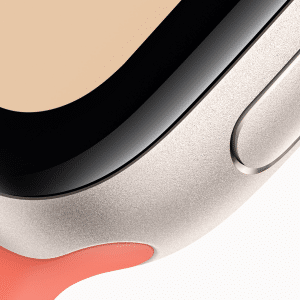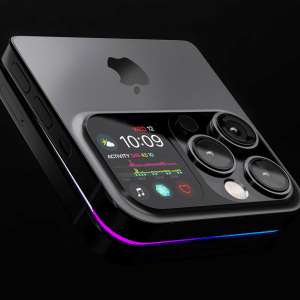Over the past several years, pressure has been mounting on manufacturers to change the way they design their products. The Right to Repair movement has gained momentum in Europe, with campaigners arguing that they should be able to repair their electronic devices freely and without the risk of damaging their warranty.
Technology companies have received real criticism for developing devices that are designed to become obsolete within a few years, making them intentionally difficult to repair or refurbish to maximize their profit margins and force consumers to upgrade.
And it’s not just consumers or the environment who are out of pocket as a result of these dodgy selling practices – small businesses suffer, too. One report suggests that recycling and reusing computers could create an additional 300 jobs a year for every 10,000 tons of computer waste processed rather than disposed of.
One of the companies singled out for its poor product repairability is Apple. The iPhone is one of the greatest examples, with Apple making it difficult for its smartphones to be repaired without visiting an Apple Store. The company even sues companies that repair devices.
Thanks to proprietary screws, unibody enclosures, and other manufacturing and design techniques, it’s virtually impossible for some products to be repaired or replaced, with batteries often glued to some other component or adding complex and sensitive parts that make repairs tough. AirPods are the greatest example of this, with iFixIt giving the product a zero rating for repairability.
Indeed, if your AirPods or AirPods Pro break, you can either take them back to Apple if they’re in warranty, or you’re forced to buy a new pair. Even attempting to open the AirPods will result in you ripping apart the hardware. The company has, of course, said that it works hard to improve the sustainability of its products, but argues that its highly integrated design on products like its MacBook Air and AirPods allows the firm to create “products that are not only beautiful, thin and powerful, but also durable, so they can last for many years.”
Apple adds that “authorized providers can ensure the quality, safety, and security of repairs for customers” in most cases, and that it takes its responsibility for recycling products seriously.
Do you think Apple should work harder to make its products more recyclable? Let us know and check back soon for more.







